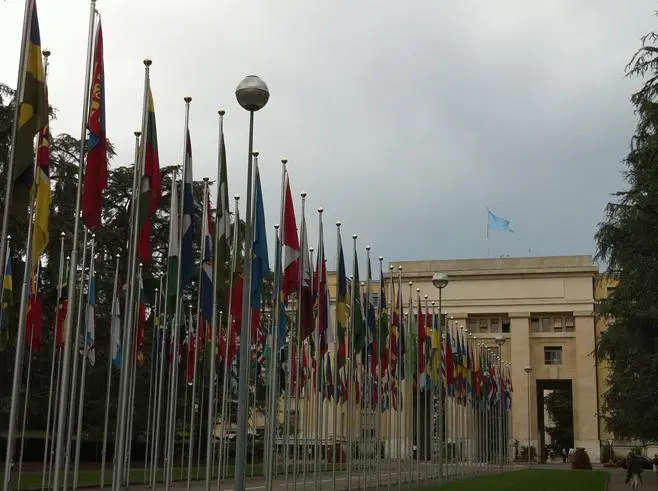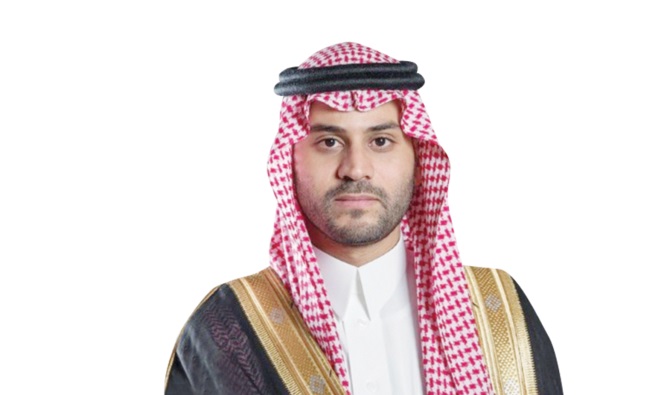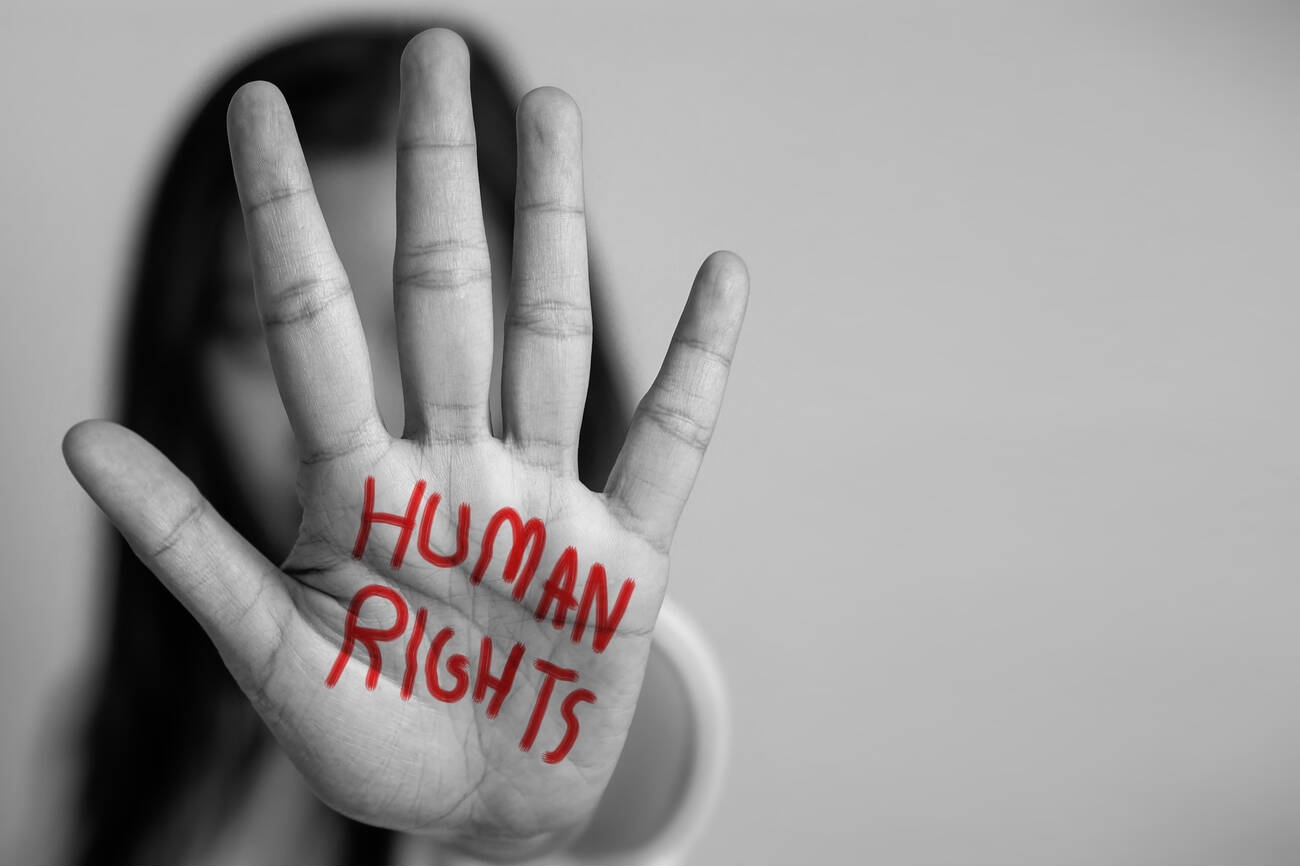Human Lives Human Rights: In the 21st century, in addition to governments, new actors entered the field of politics and international law, which had a significant impact on international developments. Although they are still the main players in the political scene of the governments, but in the 21st century, non-governmental groups (known as NGOs), super companies and finally international organizations entered the political scene and started to play a role. Of course, the history of the formation of some of these three cases goes back to before the 21st century and even to the era of world wars, but the period of their active role goes back to the new century. One of these institutions that has a long history of formation but a history of new activities; It is the Human Rights Council of the United Nations.
The Rise and Fall of the United Nations Human Rights Council Part 1
This article traces the evolution of the UN Human Rights Council from its predecessor, the Human Rights Commission, and discusses its achievements and challenges
The United Nations Human Rights Council is one of the subsets of the General Assembly, which was actually formed on March 15, 2006 by issuing a resolution in the General Assembly. Before the mentioned date, the Human Rights Commission, which was under the Economic and Social Council of the United Nations, was responsible for the follow-up of human rights issues in the international arena, and the resolution of 2006 dissolved the Human Rights Commission and established the Human Rights Council.
Since the establishment of the Human Rights Commission in 1947 to 2006, the performance of this commission can be divided into three periods:
The first period from 1947 to 1967: This period is actually the period of drafting the regulations. During this period, the commission focused its efforts on setting conventional standards. Using the Universal Declaration as a basis for action, the commission prepared an important draft of international human rights laws, the result of which was the approval of two treaties entitled “International Covenant on Civil and Political Rights” and “International Covenant on Economic and Social Rights”. and cultural” in the United Nations General Assembly in 1966. In general, the Universal Declaration and the two aforementioned covenants are referred to as the International Charter of Human Rights.
The second period from 1967 to 1990: In the second period, more work was done on making the commission more efficient. During this period, the commission was specifically authorized by the Economic and Social Council and with the encouragement of the General Assembly to deal with human rights violations. Since then, the Commission has developed a detailed, country-based or thematic mechanism (operating through specialized human rights groups) to investigate cases of human rights violations in order to monitor governments’ compliance with international human rights law and investigate complaints of human rights violations. did
The third period from 1990 to 2006: In the third period, a serious stagnation occurred in the activities of the Human Rights Commission, because the world was shocked by the collapse of the Eastern superpower, and the issue of color and velvet revolutions in countries under Soviet allies. , As well as serious changes in The arrangement of powers as well as the emergence of global and regional powers caused the activities of the Human Rights Commission to be marginalized.
After the election of Kofi Annan as the Secretary General of the United Nations, he announced that he intends to make serious changes in the structure of the United Nations, so in the 2005 summit, he introduced the creation of a new human rights institution with more credibility as an important priority. In the end, world leaders supported his request for a more effective, more responsive and more inclusive Human Rights Council in the final document of the 2005 summit. In the resolution of 2005, there was a very important point, that important point was taken from the Secretary General’s own statements: development, peace, security and human rights are the pillars of the United Nations system, they are related to each other and strengthen each other. Finally, on April 3, 2006, with the approval of the majority of the General Assembly, the Human Rights Commission was dissolved and the Human Rights Council was established. Examining examples of human rights violations in a detailed and systematic manner, referring cases to competent international authorities such as the Security Council and the Hague Court of Justice, promoting the education of governments and nations in the field of human rights, encouraging governments to implement the International Bill of Rights Bishr, the periodic review of countries in the field of respecting human rights and playing the role and carrying out the responsibility of the Commission towards the High Commissioner for Human Rights is one of the most important duties of this commission. The Human Rights Commission, in addition to periodic review, reviews complaints and reports received on a case-by-case basis. For example, cases of violation of freedom of expression, freedom of opinion, unconventional interrogations and punishments or violation of basic rights are among the most important issues of the commission’s attention. The identity of the perpetrator or perpetrators of human rights violations, the investigation of the reporting person or persons or organizations, as well as the verified investigation, and finally the description of the issue. So, during this process, the commission compiles and announces the final report and submits it to the High Commissioner for Human Rights so that it can be referred to the General Assembly and then to the relevant institution. It is worth noting that this entire process will be followed confidentially until the report is announced to the High Commissioner and the General Assembly so that there is no disruption in the proceedings.
However, although the United Nations Human Rights Council is more efficient than the Human Rights Commission in terms of structure and functional mechanism, it goes without saying that this council is involved in two very serious problems that have caused the activities of this council to be marginalized. First, politicization is seriously seen in the council, and secondly, the council has acted very selectively, especially in the second decade of the 21st century, which has caused a sharp decrease in the efficiency of the council. In the first part of this article, we examined the history and structure of the United Nations Human Rights Council, and in the following parts, we will examine the functional examples of this council.


















